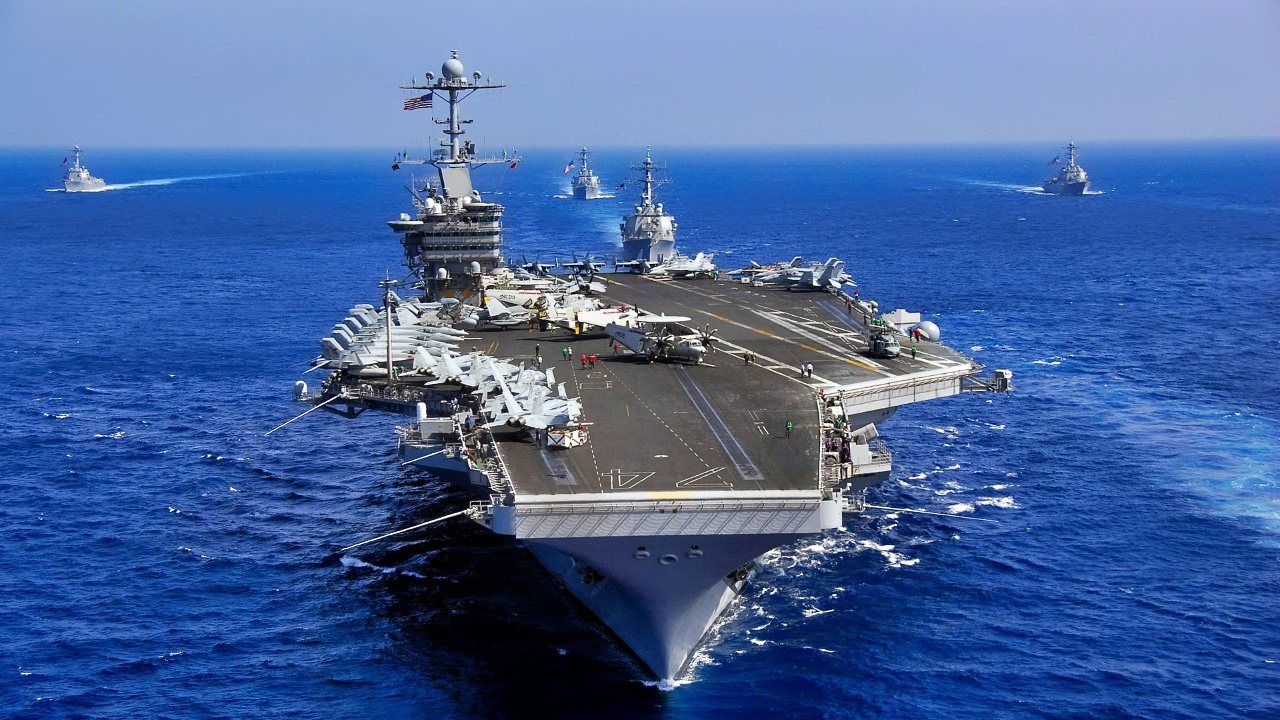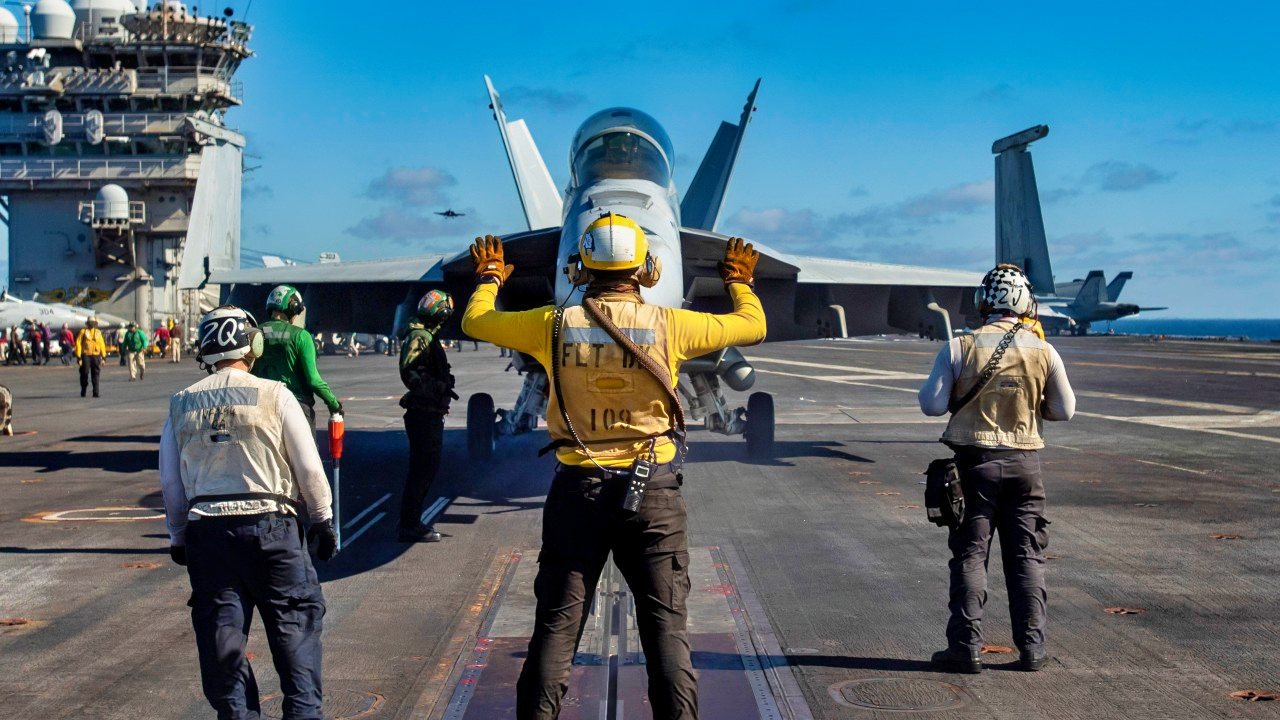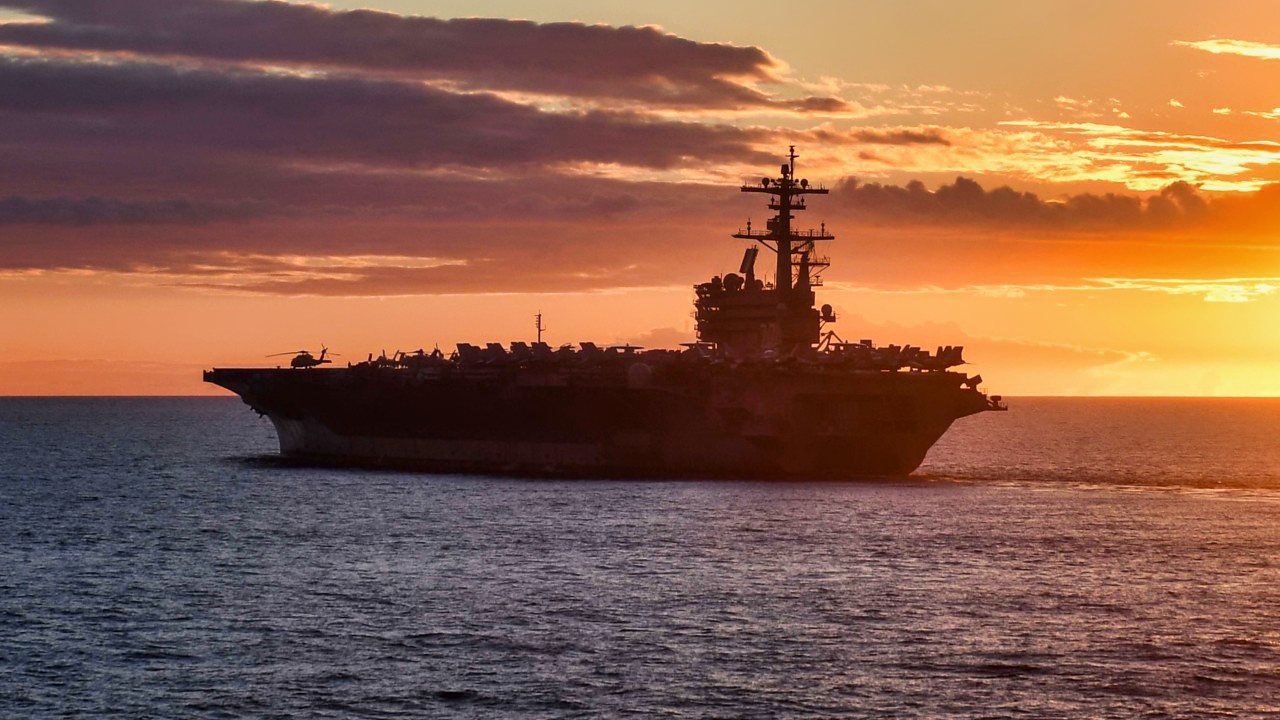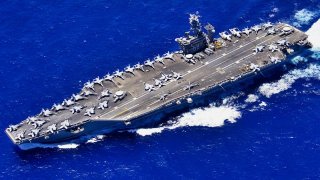Why I Could Argue the U.S. Navy's Nimitz-Class Aircraft Carrier Is Best Ever
The U.S. Navy's Nimitz-class aircraft carriers, named after WWII Pacific Fleet commander Admiral Chester W. Nimitz, have been pivotal to U.S. naval power for nearly five decades. These nuclear-powered giants, measuring approximately 1,093 feet in length and displacing over 100,000 long tons, were the world's largest warships until the USS Gerald R. Ford's introduction in 2017
Summary: The U.S. Navy's Nimitz-class aircraft carriers, named after WWII Pacific Fleet commander Admiral Chester W. Nimitz, have been pivotal to U.S. naval power for nearly five decades. These nuclear-powered giants, measuring approximately 1,093 feet in length and displacing over 100,000 long tons, were the world's largest warships until the USS Gerald R. Ford's introduction in 2017. Built by Newport News Shipbuilding Company in Virginia, the class includes iconic ships like the USS Nimitz, Dwight D. Eisenhower, and George H.W. Bush. Despite their age, the Navy plans to extend the service life of these carriers, starting with CVN-68, beyond the originally planned decommissioning in 2025, as it awaits the next-generation Ford-class carriers.

The Nimitz-Class: The Best Aircraft Carriers Ever?
The true prowess of the aircraft carrier is best exemplified by the U.S. Navy’s Nimitz-class ships.
For nearly five decades, these nuclear-powered warships have remained the cornerstone of the service’s sea power. Equipped with the latest technologies, capabilities and advancements, the Nimitz carrier works to deter potential adversaries from striking against U.S. interests.
Despite the class’s old age, the Navy is extending the service life of at least CVN-68 for another deployment cycle instead of decommissioning the ship in 2025 as previously planned.
Other Nimitz ships are expected to follow suit as the service awaits the delivery of its next-generation Ford-class carriers.
Introducing the Nimitz Aircraft Carriers:
Named to honor the World War II Pacific Fleet commander Admiral Chester W. Nimitz, the Nimitz carriers are a staple for the Navy. These hefty warships measure roughly 1,093 feet in length with a full-load displacement of over 100,000 long tons. Up until the introduction of the USS Gerald R. Ford in 2017, the Nimitz ships remained the largest vessels of their kind to be constructed across the globe.
These ships are powered by a pair of A4W pressurized water reactors, unlike their predecessors who used diesel-electric systems or gas turbines to sail. Every ship in the Nimitz class was constructed by Newport News Shipbuilding Company in Virginia. Back in 1975, the lead ship of the class USS Nimitz entered service with the fleet.
Over the next three-plus decades, Dwight D. Eisenhower, Carl Vinson, Theodore Roosevelt, Abraham Lincoln, George Washington, John C. Stennis, Harry S. Truman, Ronald Reagan and George H.W. Bush also launched.
Power projection
Each of the Nimitz-class aircraft carriers can carry around 60 airframes- including a combination of fixed-wing and rotary-wing aircraft with up to 90 types.
Notably, the Nimitz ships can carry 90% more aviation fuel and 50% more ordnance than its predecessors. These warships may be longer than their counterparts, but they still don’t possess the length required for fully-loaded fighter jets to land and take-off from. For this reason, a steam catapult is incorporated on each vessel to help provide lift for heavier airframes when landing or taking-off from its shorter flight deck.

In addition to its aerial-lugging potential, the Nimitz ships are also well armed. Each warship can carry two or three Rim-7 Sea Sparrow or Rim-162 Evolved SeaSparrow Missile Mk 29 missile launchers and three 20mm Phalanx CIWS.
The latest Ford-class aircraft carriers may host more cutting-edge technologies on paper, however, these warships cost a pretty penny and require a longer construction period. The class is priced around $13 billion and it will cost roughly $700 million just to maintain a single Ford-class carrier down the line. The Navy’s budget is already stretched very thin, making this price tag a massive shortcoming of the class. Thankfully, the service has its tried and trusted Nimitz-class carriers to rely on in the meantime.

About the Author: Maya Carlin
Maya Carlin, National Security Writer with The National Interest, is an analyst with the Center for Security Policy and a former Anna Sobol Levy Fellow at IDC Herzliya in Israel. She has by-lines in many publications, including The National Interest, Jerusalem Post, and Times of Israel. You can follow her on Twitter: @MayaCarlin.


